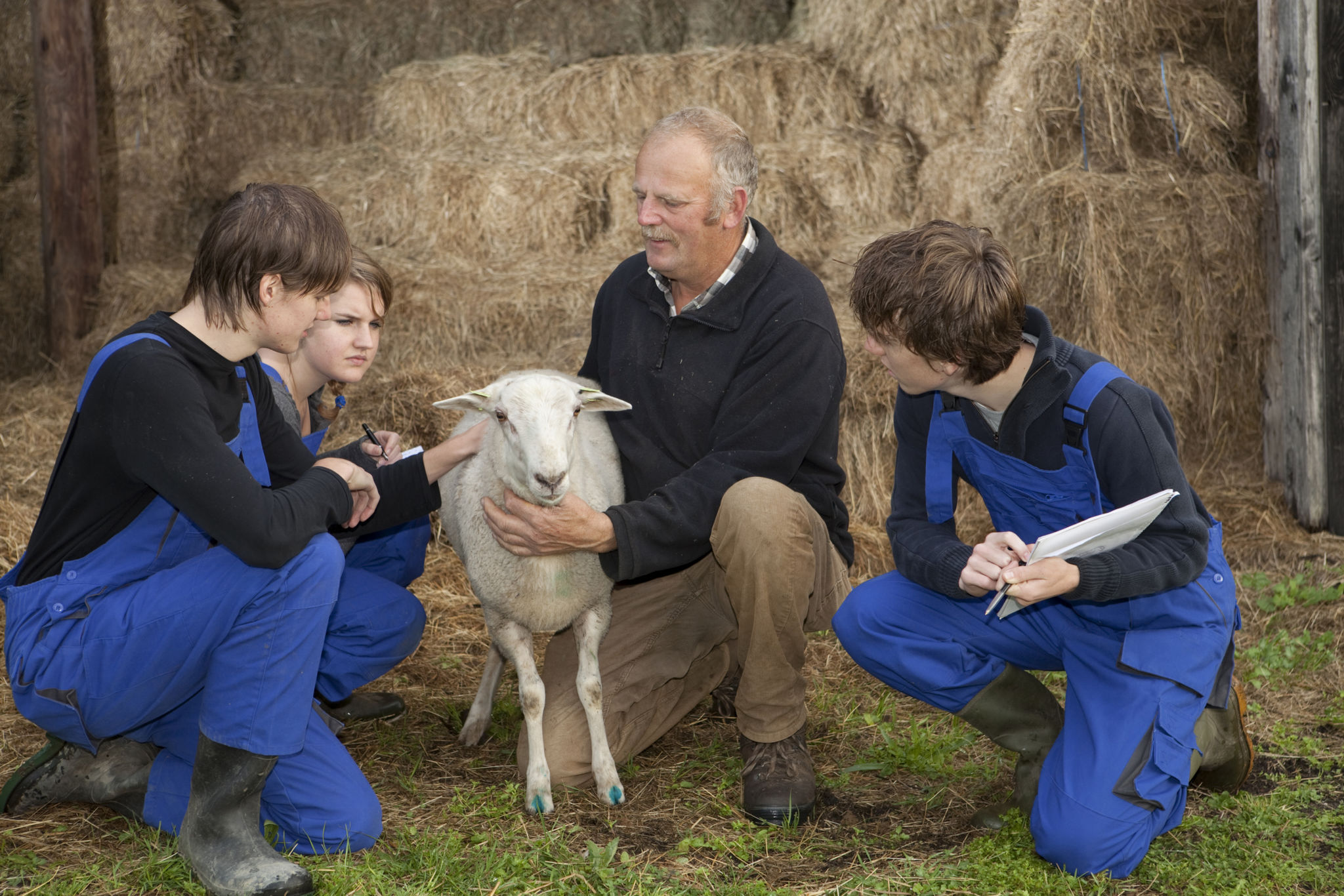Breaking Down the Cost of Farm Labor in Denmark: Affordable Solutions
Understanding the Basics of Farm Labor Costs in Denmark
Denmark is renowned for its efficient agricultural sector, but managing farm labor costs remains a significant challenge for many farmers. Understanding the components of these costs and finding affordable solutions can greatly impact the profitability of farming operations. This blog post delves into the intricacies of farm labor expenses in Denmark and explores potential strategies for cost management.
Farm labor costs typically include wages, benefits, training, and indirect expenses such as recruitment and administration. Balancing these factors while maintaining productivity is crucial. Denmark's agricultural sector, known for its emphasis on sustainable practices, often requires skilled labor, which can drive up costs. However, finding a balance between quality and affordability is possible with strategic planning and resource management.

Components of Farm Labor Costs
Wages are the primary component of farm labor costs. In Denmark, minimum wage laws ensure that farm workers receive fair compensation, which can vary based on experience and skill level. Additionally, collective agreements between unions and employers often influence wage structures in the agricultural sector.
Benefits such as health insurance, pension contributions, and paid leave are also significant components. Offering a comprehensive benefits package can attract skilled workers but also adds to the overall labor costs. Additionally, training costs are essential for ensuring that workers are up-to-date with the latest farming techniques and technologies.

Indirect Labor Expenses
Indirect expenses related to farm labor include recruitment and administrative costs. Recruiting skilled workers can be time-consuming and expensive, especially during peak seasons. Farm owners must also consider administrative tasks such as payroll management, compliance with labor laws, and employee record-keeping.
Investing in efficient recruitment processes and utilizing technology can help streamline these costs. For instance, using digital platforms for hiring can reduce the time and resources spent on recruitment. Additionally, outsourcing payroll services can be a cost-effective solution for managing administrative tasks.
Affordable Solutions for Managing Labor Costs
To manage farm labor costs effectively, Danish farmers can explore several strategies. One approach is to adopt mechanization and automation technologies to reduce reliance on manual labor. Although the initial investment may be high, these technologies can lead to long-term savings by increasing efficiency and reducing labor needs.

Another solution is to implement flexible work arrangements. Offering part-time or seasonal work opportunities can help manage labor costs during off-peak times while ensuring adequate staffing during busy periods. Farmers can also explore government subsidies and grants designed to support sustainable farming practices and workforce development.
Collaborative Approaches
Collaboration among farmers can also be an effective way to manage labor costs. By sharing resources such as equipment or pooling labor during peak seasons, farmers can minimize expenses and optimize productivity. Cooperative models allow farmers to leverage collective bargaining power when negotiating wages and benefits.
Additionally, participating in farmer networks or associations can provide access to shared knowledge and resources, further supporting cost management efforts. These networks often offer training programs, workshops, and forums for discussing best practices in labor management.

The Future of Farm Labor in Denmark
The future of farm labor in Denmark will likely involve a greater emphasis on sustainability and technological integration. As environmental concerns continue to shape agricultural policies, farmers will need to adapt to new regulations and practices that may affect labor costs.
Embracing innovation while maintaining a focus on affordability will be key to navigating these changes. By investing in education, technology, and cooperative strategies, Danish farmers can ensure a sustainable future for their operations while effectively managing labor costs.